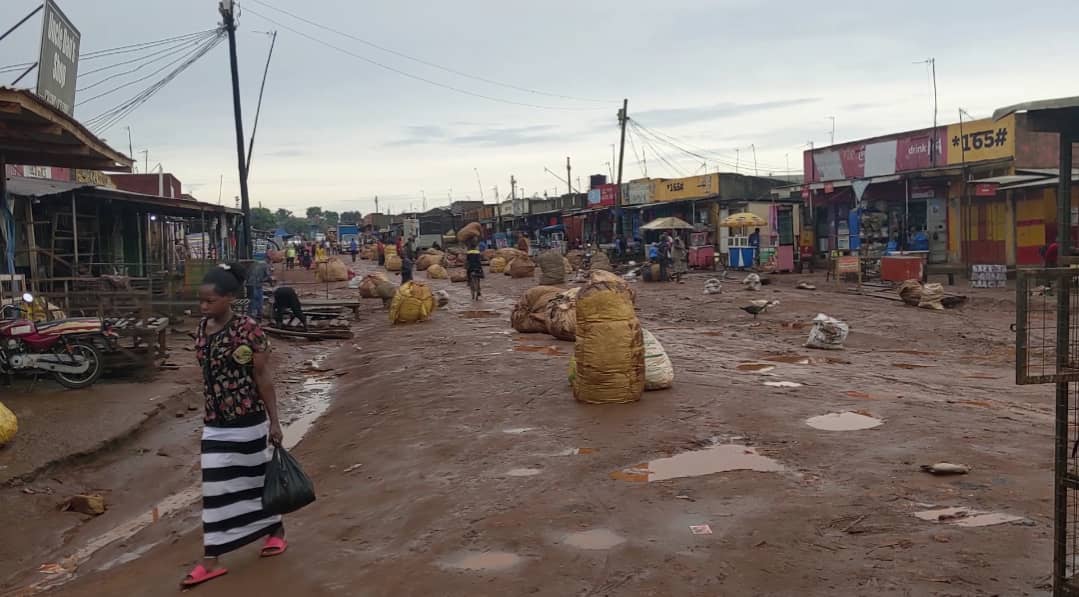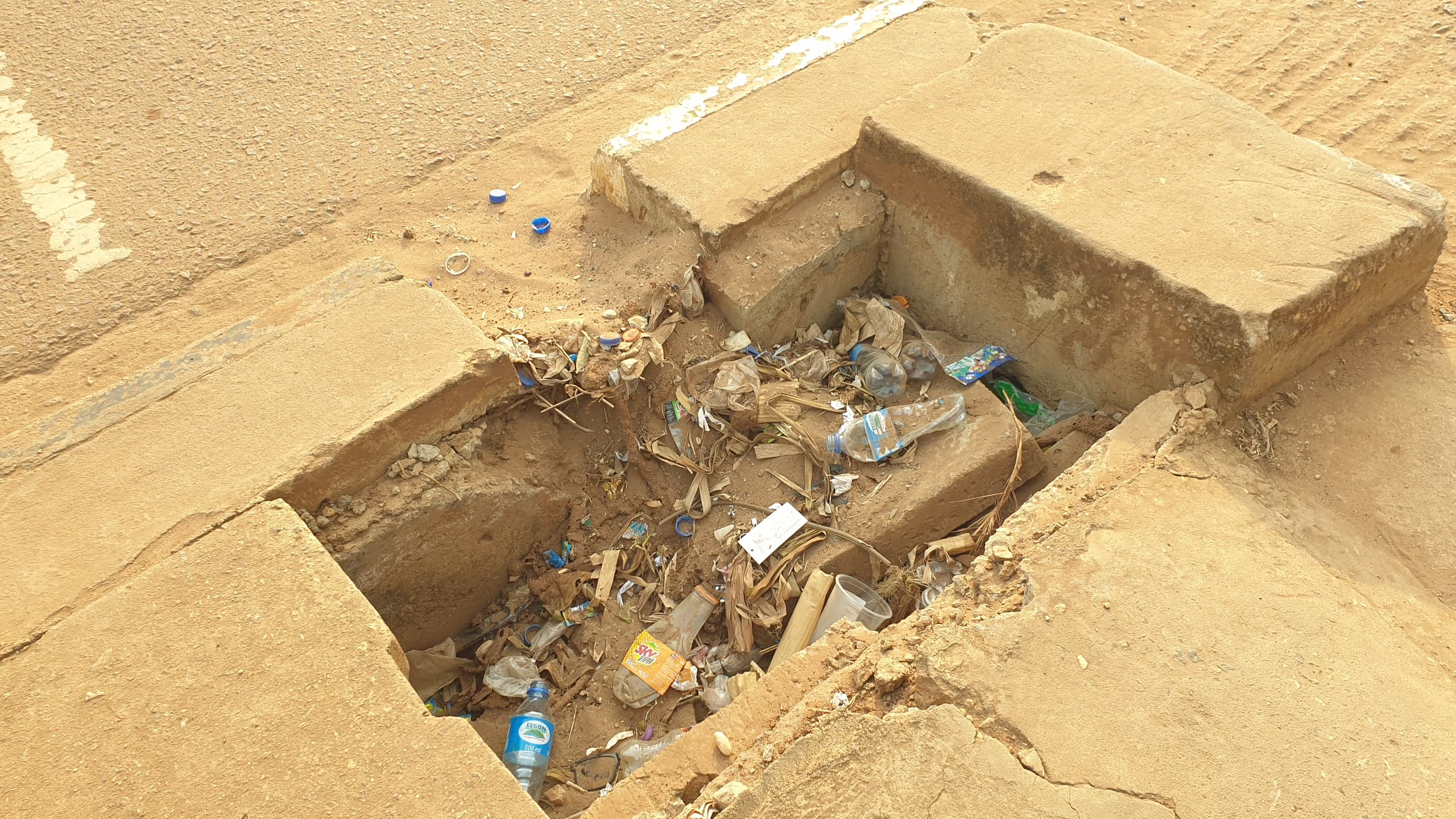Global travellers urged to keep eye on city pollution, effects long lasting
When healthy international travelers visit a city with higher levels of particle pollution than at home, their heart and lung function quickly deteriorate, a small study suggests.
Travelers with existing respiratory or heart disease in particular may want to plan ahead to protect themselves in highly polluted places, the study authors write in the Journal of Travel Medicine.
"Travelers may be exposed to a completely different environment in a new city, within a matter of hours, lacking the necessary knowledge and adaptation to pollution in those cities," senior study author Terry Gordon of the New York University School of Medicine told Reuters Health by email.
More than 1.2 billion people travel the world each year, and many who travel to "megacities" with more than 10 million residents may find themselves in areas with high levels of air pollution, he noted.
Rarely considered
"Most international travelers get their vaccinations for infectious diseases and learn about diseases and disasters in their intended destinations," he added. "Very few, however, even consider air pollution, which can harm their health and may ruin their overall travel experience."
Gordon and his colleagues recruited 34 healthy nonsmoking adults living in the New York City area who were planning international trips to large cities, and who agreed to measure their own cardiovascular and lung function before, during and after their trips.
The researchers supplied each volunteer with devices for measuring blood pressure, heart rate and lung capacity and trained them to take these readings twice a day, starting a week before departure and continuing for a week after returning home.
The participants, who visited cities in Africa, East Asia, Europe and South Asia, were also instructed to track symptoms like shortness of breath, coughing, chest tightness, wheezing, nasal congestion, lightheadedness and runny nose.
Gordon's team also gathered air pollution data from each traveler's destination on average daily levels of so called PM 2.5, which is made up of ultrafine soot particles, dust and droplets that can penetrate deep into the lungs and bloodstream. PM 2.5 exposure has been tied to respiratory problems as well as heart disease, heart rhythm disturbances and stroke.
Disparity in readings
Researchers found that PM 2.5 concentrations near the volunteers' New York-area homes averaged just above 10 micrograms per cubic meter (m3) of air, while in the European destinations PM 2.5 readings ranged from the high teens in the mornings to the mid-20s in the evenings. In Africa and East
Asia, levels ranged from just below 60 micrograms/m3 to just over 80. And in South Asia, they hovered around 100, although some locations in East and South Asia saw spikes up to 500 micrograms/m3.
The travelers to East and South Asia experienced the most respiratory symptoms, particularly throat irritation, nasal congestion, cough and runny nose, as well as changes in heart rate variability.
For all the volunteers, lung function in the evening seemed to be most affected by pollution concentrations in the morning.
For instance, every 10 microgram/m3 increase in the morning PM 2.5 concentration was linked with a 7-milliliter decrease in the evening lung function test measuring the maximum amount of air a person can forcefully exhale in one second.
Travel to a highly polluted city with PM 2.5 readings over 100 micrograms/m3 was associated with a greater than 200-milliliter reduction in lung function. Nonetheless, travelers with significant lung function decreases while abroad also showed an 80-milliliter increase in lung capacity when they returned home.
"It was surprising that even some people who were originally from those visited cities (now studying in the U.S.) showed symptoms when they went home for a short visit," Gordon said. "Then they recovered when they returned to the U.S."
Further study
The research team plans to study larger groups, as well as susceptible travelers who have heart conditions or asthma, as well as children, elderly travelers and those who are required to travel for their jobs, such as federal employees and the military.
"While the study is focused on international travelers, it is also a unique opportunity to study more generally how changes in air pollution over short time scales impacts human health," said Steve Hankey of Virginia Tech's School of Public and International Affairs in Blacksburg.
"No matter where you are in the world, it is always best to be aware of the current air quality conditions and take appropriate actions to reduce your exposure," he said by email.













